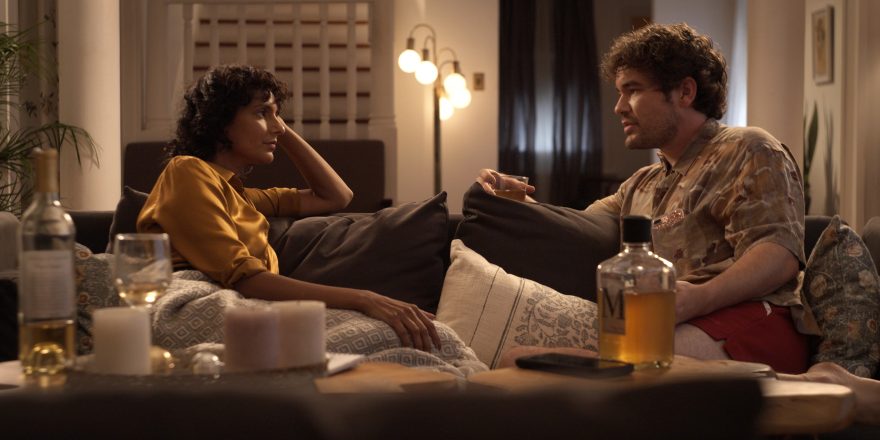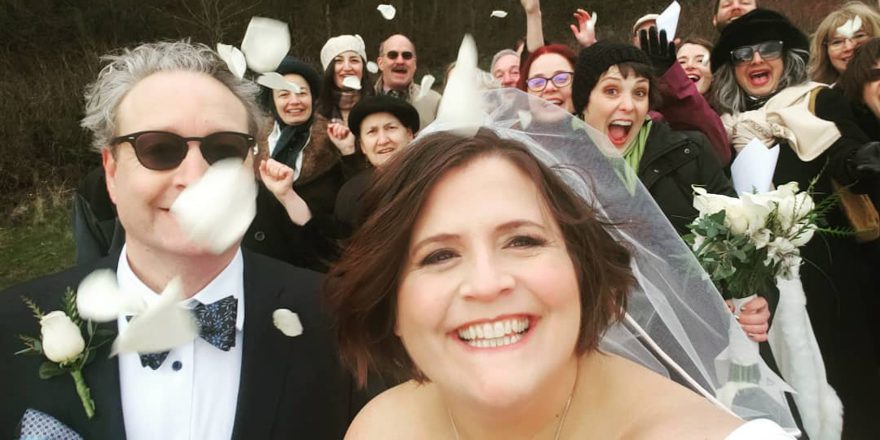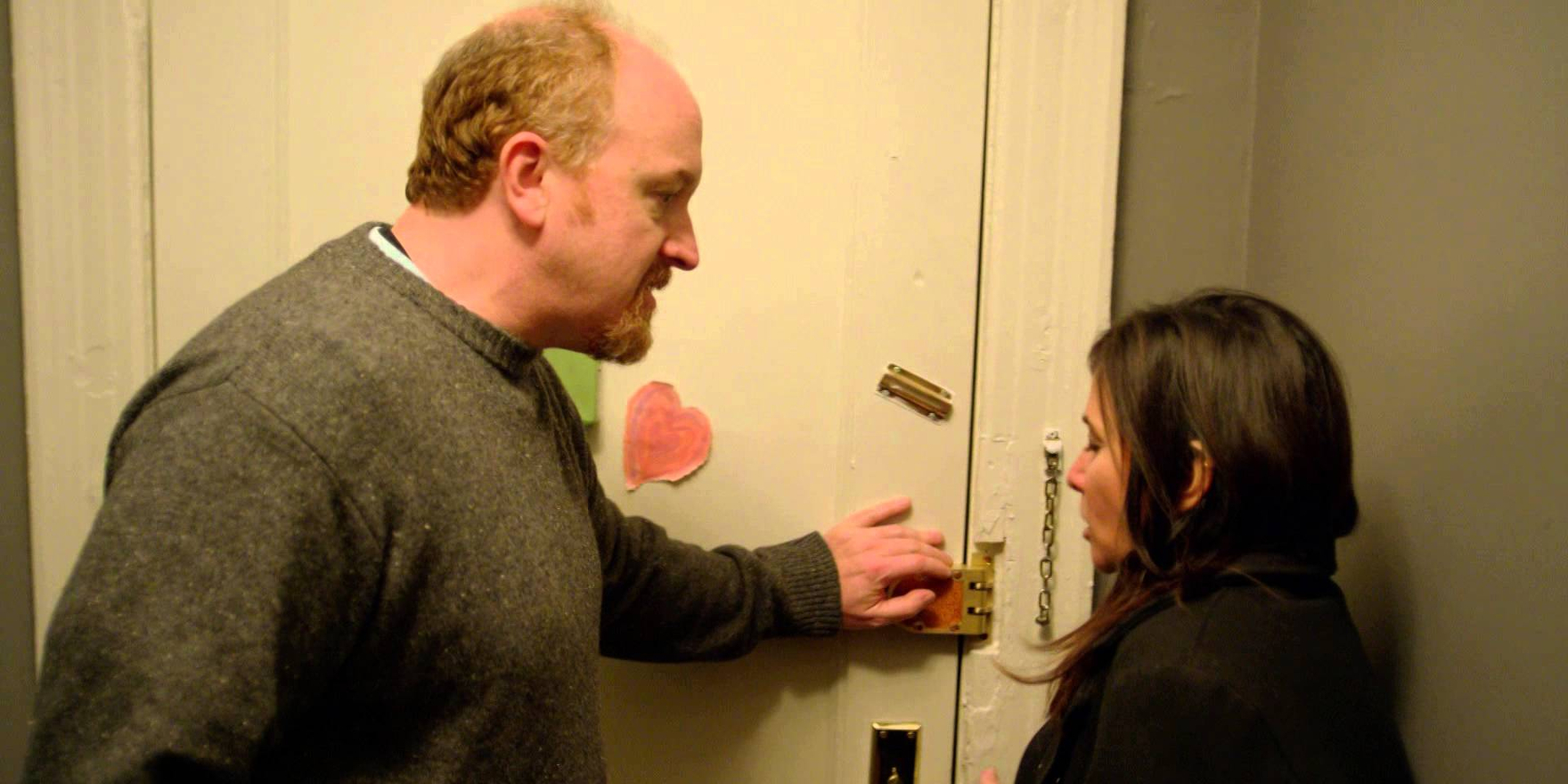I think my high school self would be confused to read this, but I love homework. For me, one of the major draws of directing film and television is the opportunity to delve into different subjects and begin to understand more about that project’s world and its inhabitants. Sometimes it can be a bit bleak, like the months spent researching human trafficking and serial killer psychology for my films Eden and The Night Stalker, and sometimes it can be a pretty good time, like hanging out in all-night diners for The Off Hours, and dancing and drinking at music shows for Lucky Them.
Early in the pandemic, I read the script for my new film, I’ll Show You Mine (which comes out June 23). The story centers an author who has made a career by examining her own trauma, who is now sitting down to interview her nephew for a new book about his history as a model and pansexual poster boy. Over the course of a weekend, the two engage in a game of conversational cat and mouse, each challenging the other to confront and reveal their most buried secrets. I was immediately taken with the complex dynamic between the two leads, Priya and Nic, and intrigued by the themes around childhood trauma and its impact on the characters’ lives – specifically, in this case, their sex lives.
Exploring the long shadow of our formative years is something I find myself drawn to again and again. Naturally, I attribute this interest to my own upbringing. My mother spent her professional life counseling children who experienced physical, mental and sexual abuse. She worked with them to try to mend their broken pieces, sometimes in real time as the breaking was occurring. By all accounts, she was great at what she did, and growing up with her as an example showed me the power of giving voice to the wounds we all carry.
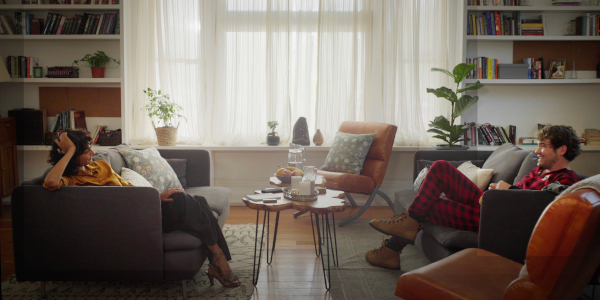
To tell the stories of Priya and Nic, two adults who each have trauma they never truly reckoned with, I knew I had some homework to do. And since movies don’t tend to come together overnight, especially during a global pandemic, I had plenty of time to dig in as we put all the pieces together. I turned to those with firsthand experiences which mirrored those of the characters – writers who explored their own abuse, people who proudly owned and discussed their sexual kinks, people who bucked and questioned the binaries of gender expression.
This is the kind of homework I love – the kind that deepens the themes of my work and expands my mind and my empathy. So as we gear up to release the film, I thought I’d “show you mine” and share a selection of the pieces and excerpts that were most useful to me, along with links for anyone wanting to explore further.
Homework Highlights
N.B. Some plot spoilers could be inferred by the gist of the articles, so if you’d prefer to know less before seeing the film, skip to the last few paragraphs and come back to these after you’ve watched the film.
Writing into the Wound by Roxane Gay
Gay frequently wades through her own painful history in her work, and wrote about the process in this essay. “There can be solace in unburdening. There can be solace in saying, this is what happened to me, this is how I have been shaped by what happened to me, this is who I am because of or in spite of what happened to me.”
Writing Trauma: A Panel Discussion Conceptualized by Roxane Gay (Yale University, 2019), Roxane Gay, Dr. Tressie McMillan Cottom, Terese Mailhot, Aubrey Hirsch and Saeed Jones.
This is an incredibly rich discussion, with topics ranging from the importance of allowing yourself to be imperfect (Gay: “The reality is, I don’t want to be canonized. I am a deeply flawed individual. That frankly makes me more interesting, but that doesn’t diminish the ways in which I have suffered. And it doesn’t absolve those who have caused me harm.”) to the fact that trauma isn’t often remembered in an orderly way (Cottom: “I had to trust my body’s memory, I had to trust what I felt, and give equal weight to that as I did to my mind’s memory.” and Hirsch: “I couldn’t have written about it in words because it’s in my brain as images.”), which informed the animation style used in the film.
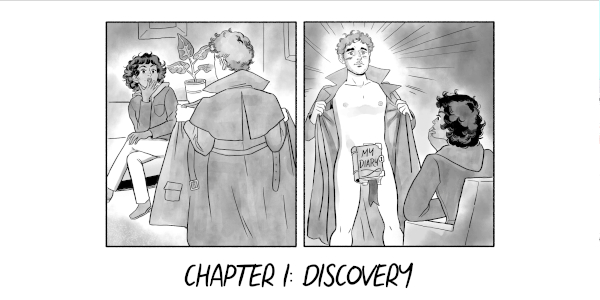
The Apology by Eve Ensler
In this memoir, Ensler pens the apology she wanted but never received from her abusive father before his death. In it, she discusses the ways in which the abuse played out in her adult life: “Because I was invisible to myself, because I had been erased, I had needed to find ways to experience my existence and feel my impact on others. For what is violence but energy given substance in force?” (This was the book I recommended to Poorna Jagannathan in her preparation to portray Priya.)
Heavy by Kiese Laymon
In his beautiful memoir, Kiese writes to his abuser: “I wanted to write a lie. You wanted to read that lie. I wrote this to you instead.” I loved how this spoke to the desire we all have to bury these stories, and to present something more pleasant to the world at the expense of our own healing.
Kathryn Harrison: Life After The Kiss by Gretl Claggett
Harrison wrote about having an affair with her own father, and in this interview about the book, she talked about its lasting impact: “[My father] told me that I was ruined anyway and if I told anybody they would only revile me. I believed him. I understood myself to be polluted and broken.“
Why Are People into That: Masochism by Tina Horn
One of the more sensitive topics in the film is Priya’s masochism. Typically BDSM centers consent and has no connection with non-consensual abuse, but the character of Priya finds her desire and shame to be inextricably bound. I wanted to understand a healthier version of sexual masochism, and this piece offered a frank dive into that world. “Like most humans, I live with the constant anxiety that I will be hurt. Emotionally wounded, physically assaulted, my world attacked. The ritualistic practice of masochism helps to purge that fear. It gives me a space to scream.”
The character of Nic is pansexual, and actor Casey Thomas Brown infused his own lived experience into the role and brought both me and Poorna into a more nuanced understanding of pansexuality and the resistance people can have to the concept of being attracted not to gender, but to spirit (a conversation that is included in the film).
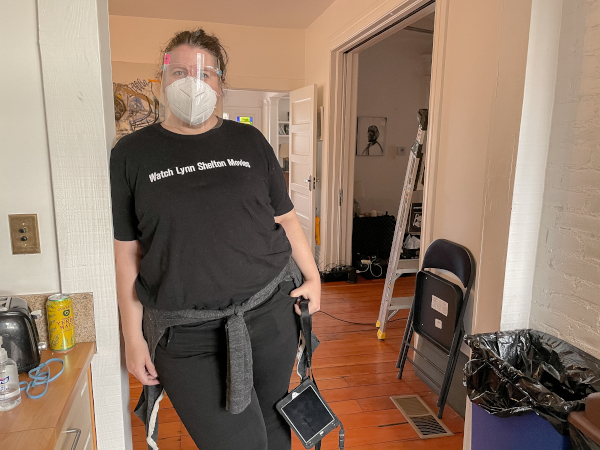
The New Model Who’s Making Gender Irrelevant by Véronique Hyland
When we spoke about Nic’s history as a model, Casey pointed me in the direction of gender-fluid model Avie Acosta. In this profile for The Cut, Avie expressed this simple truth: “No item of clothing has an innate gender: It’s literally an inanimate object that’s fabric and cloth.“
The Struggles of Rejecting the Gender Binary by Daniel Bergner
While Nic’s character is cisgender (the gender he was assigned at birth and his sense of identity generally match up), he doesn’t subscribe to the gender binary and exists in a more gender-expansive space. In this 2019 New York Times article, one phrase rang out for me: “What if our most fundamental means of perceiving and classifying one another is illusory and can be swept away?”
At one of the feedback screenings we hosted for the film, someone commented that we’d made “a movie about trauma that isn’t traumatizing,” which remains my favorite compliment I’ve received about the film, partly because I think it is a direct result of the understanding gained by delving into this research. Doing this work (alongside the actors and the film’s producers, who were all equally invested in the process) provided a solid base from which to explore these concepts and go places that were challenging but truthful, always with a genuine curiosity and an open heart.
Yes, I’ll Show You Mine is about trauma, but it’s also profoundly hopeful. It’s about unburdening yourself from the secrets you carry and the shame that can erode you from within, the freedom that can come from talking and allowing someone else into your story, and the power of accepting yourself as you are, scars and all.



